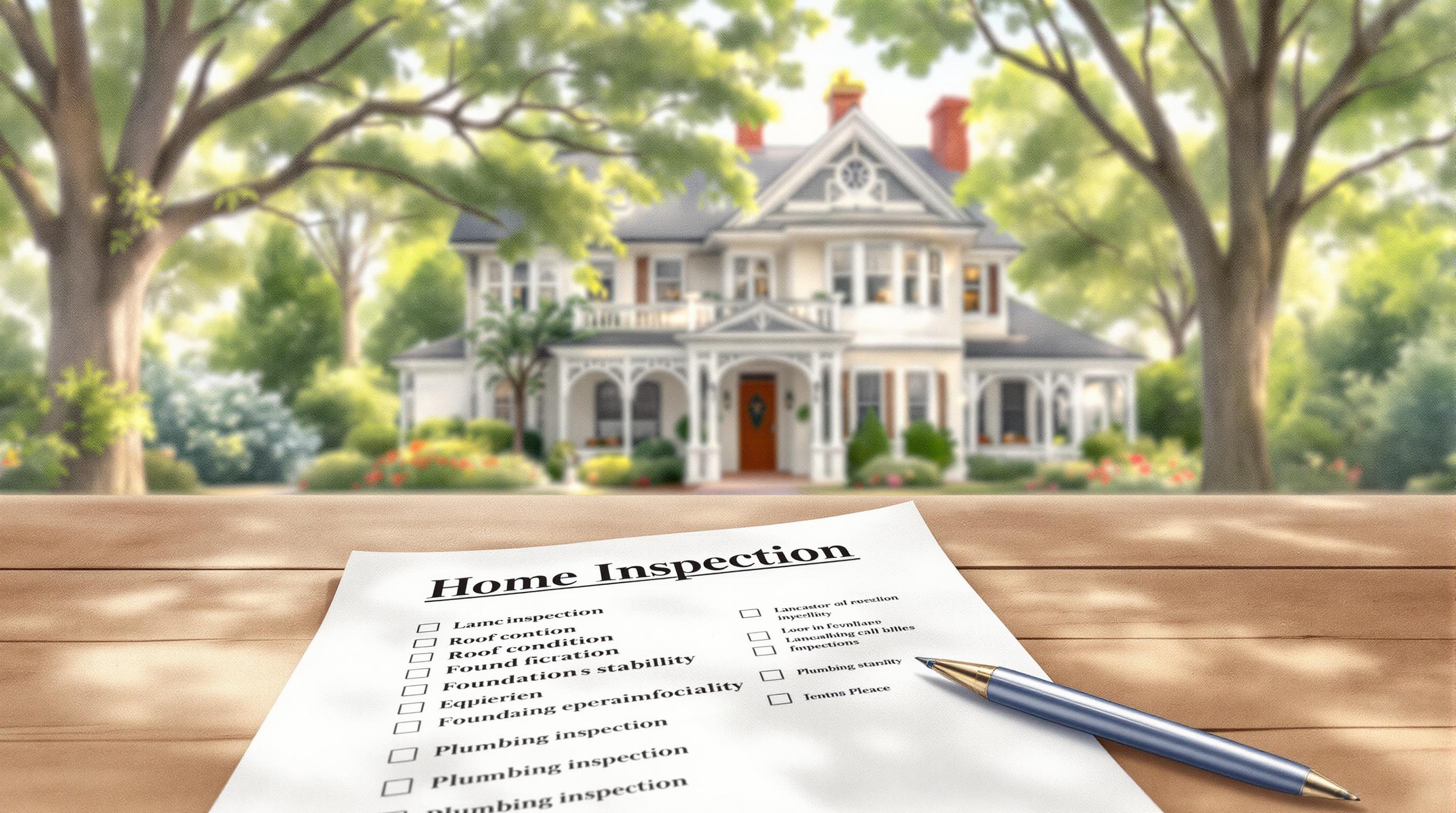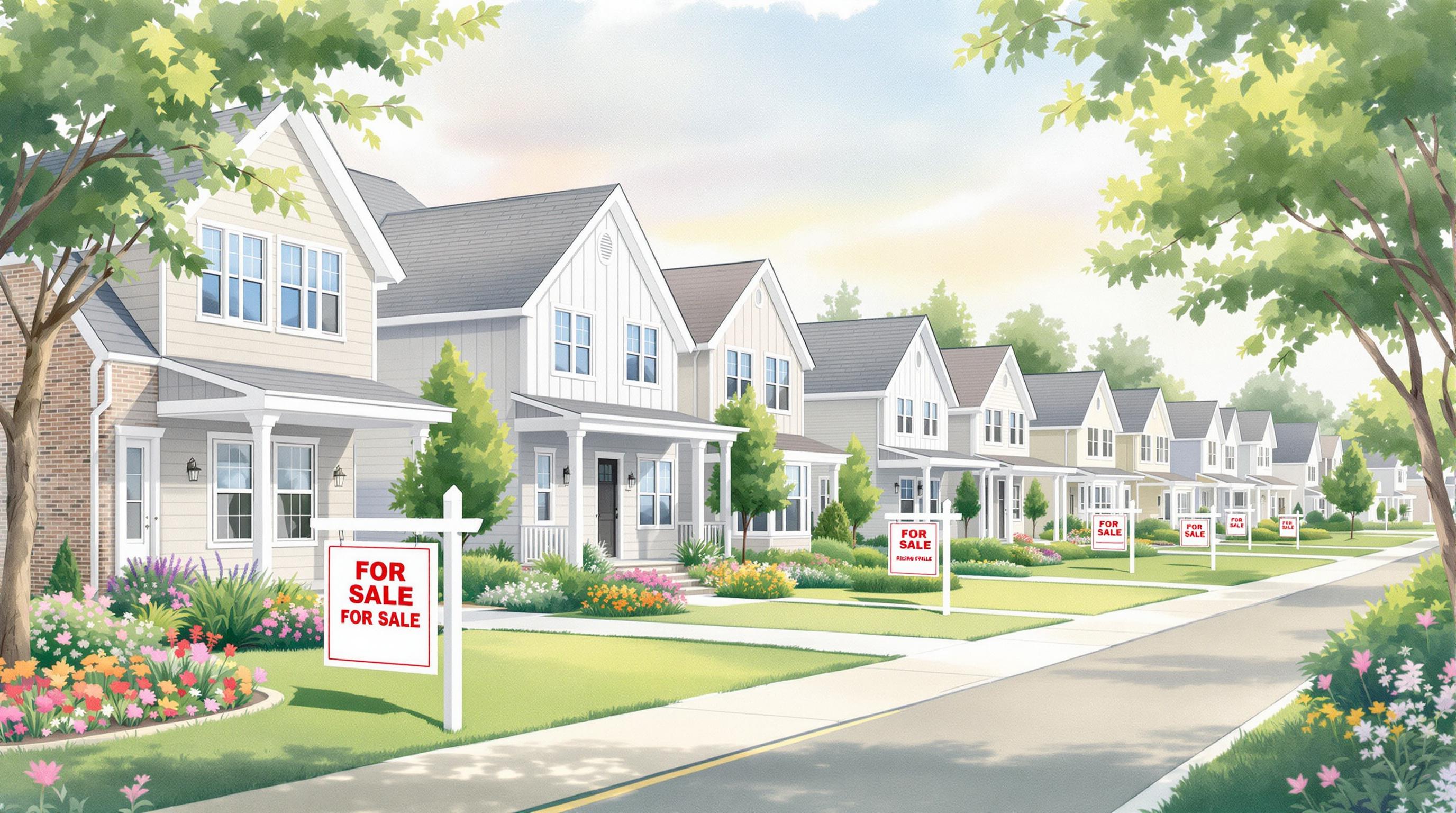Pennsylvania offers several programs to help homebuyers cover down payment and closing costs. These include grants, forgivable loans, and interest-free loans for eligible buyers. Here’s a quick breakdown:
- Keystone Flex Mortgage with K-FIT Loans: Forgives up to 5% of the home’s purchase price.
- Keystone Advantage Program: Provides up to $6,000 in interest-free loans.
- HOMEstead Program: Offers $1,000 to $10,000, forgivable after 5 years.
- ACCESS Program: Up to $15,000 for buyers with disabilities or their household members.
- PHFA Grant: $500 for borrowers using HFA Preferred loans.
Who qualifies?
- First-time homebuyers, veterans, and low- to moderate-income buyers.
- Buyers in specific counties or high-cost areas (e.g., Pike County).
- Properties must meet safety and structural standards and be used as primary residences.
Property eligibility:
- Eligible: Single-family homes, duplexes (owner-occupied), and manufactured homes (built after 1976).
- Ineligible: Mobile homes (pre-1976), vacation homes, investment properties, and some condos.
Next steps:
- Check your county’s price limits and program-specific rules.
- Work with a PHFA-approved lender or local housing authority.
- Schedule a home inspection to ensure the property meets standards.
For more details, explore the full article.
Pennsylvania Down Payment Assistance - First Time Home Buyer Programs in PA
Property Types That Qualify
Find out if your property meets the criteria for down payment assistance through Pennsylvania's programs.
Eligible Properties
Here are the types of properties that typically qualify:
- Single-Family Homes: Includes both new and existing homes intended as permanent residences. These are often eligible under programs like PHFA and Keystone Advantage.
- Multi-Unit Properties: Duplexes where one unit is owner-occupied may qualify under programs such as Philly First Home.
- Manufactured Homes: Must be built after June 15, 1976, and permanently affixed to qualify for assistance through FHA, VA, or USDA loans.
Ineligible Properties
Certain types of properties are not eligible for assistance. These include:
- Restricted Properties:
- Mobile homes built before June 15, 1976
- Investment properties
- Vacation homes
- Commercial buildings
- Non-primary residences
- Program-Specific Exclusions:
- Some programs exclude condominiums and rental properties unless explicitly stated (e.g., Upper Darby exceptions).
- Montgomery County Grants are limited to single-family homes located within the county.
Be sure to check county-specific price limits to confirm your property's eligibility.
Price Limits By County
Before applying for Pennsylvania down payment assistance, it's crucial to know the purchase price limits for your specific county. These limits vary depending on the program. For instance, while some programs like HFA Preferred™ (Lo MI) and the Keystone Government Loan don’t have purchase price restrictions, others might.
Finding Your County's Limits
Here’s a quick look at the current assistance amounts for some major counties:
| County | Maximum Assistance Amount | Special Conditions |
|---|---|---|
| Chester | Up to $20,000 | Standard eligibility rules |
| Lancaster | 8% of sale price | Assistance cannot exceed this percentage |
| Montgomery | Up to $10,000 | Standard eligibility rules |
| Dauphin | Up to $3,000 | Standard eligibility rules |
| York | Up to $10,000 | City of York assistance capped at 8% of price |
To find out your specific limits, you can:
- Contact a PHFA-participating lender for the most up-to-date limits.
- Reach out to your local housing authority to learn about county-specific programs.
- Check the PA Homebuyer Assistance Center for regular updates.
Some counties are classified as high-cost areas, which means they have higher purchase price limits. Let's dive into what that means.
High-Cost Area Rules
Certain parts of Pennsylvania, like Pike County, are considered high-cost areas due to elevated property values. These areas allow for higher purchase price limits compared to standard counties. Here’s how the limits compare:
| Property Type | Standard PA Counties | Pike County (High-Cost) |
|---|---|---|
| Single-Family Home | $806,500 | $1,209,750 |
| Two-Unit Property | $1,032,650 | $1,548,975 |
| Three-Unit Property | $1,248,150 | $1,872,225 |
A region qualifies as high-cost when its median home values exceed 115% of the baseline FHA limits. For 2025, the FHA loan limit in high-cost areas like Pike County reaches $1,209,750, which is 150% of the conforming limit.
Living in the Home Requirements
To qualify for down payment assistance, the property must be your primary residence. This ensures the funds are used to support people who live in the homes they own.
Main Home Rules
Assistance programs are available only for primary residences. Here’s what you need to meet:
| Requirement | Details | Program Impact |
|---|---|---|
| Name on Deed | You must be listed as the owner | Needed to qualify for the program |
| Primary Residence | The home must be your main residence | Required to keep the assistance |
If you're buying a vacant property, there are extra rules about when you need to move in.
Move-in Deadlines
For vacant homes, you’ll need to provide written confirmation before closing that you’ll move in within 30 days of finishing any necessary work.
sbb-itb-7fa5722
Property Condition Rules
To qualify for down payment assistance, properties need to meet certain safety and structural criteria. These rules ensure the home is secure, structurally stable, and retains its value.
Basic Property Standards
Homes must adhere to either national building codes or state/local codes derived from national standards. Here are the key requirements:
| Component | Required Standard | Additional Notes |
|---|---|---|
| Structure | Solid foundation and walls | Free of major cracks |
| Systems | Functional utilities | Heating, electrical, and plumbing must work properly |
| Safety Features | Basic safety measures | Includes proper exits, smoke detectors, and secure doors/windows |
| Living Space | Livable conditions | Must have proper ventilation and insulation |
For homes built before 1978, compliance with federal Lead-Based Paint Hazard Reduction regulations is mandatory. These properties may need extra testing or remediation.
Required Home Checks
After meeting basic standards, professional inspections confirm whether the property qualifies. The inspection process involves:
1. Initial Property Assessment
A certified inspector evaluates key aspects of the home, such as:
- Structural components
- Electrical systems
- Plumbing infrastructure
- Heating and cooling systems
- Roof condition
- Foundation stability
2. Specialized Inspections
Some homes may need additional checks, including:
- Radon testing
- Termite inspection
- Asbestos evaluation
- Mold inspection
"A home inspection is the buyer's last opportunity to discover problems with the house before purchasing." - Peter Warden, The Mortgage Reports Editor
If repairs are required, programs like PHFA’s HEELP offer loans ranging from $1,000 to $10,000 at a 1% fixed interest rate. Repairs must be carried out by licensed contractors.
Rules for Specific Property Types
Eligibility depends on the type of property. Understanding these differences is essential to confirm if your property qualifies.
Rural Property Rules
USDA Rural Development programs are designed to promote homeownership in rural areas. These programs allow you to buy or build a new single-family home with no down payment in eligible locations.
Here’s a quick overview of the key features for rural property programs:
| Program Feature | Details | Requirements |
|---|---|---|
| Down Payment | No down payment required | Property must be in a USDA-eligible area |
| Income Limits | Based on local median income | Varies by county |
| Property Type | Single-family homes only | Must be owner-occupied |
| Repairs | Extra funding available | Only for approved improvements |
To check if your property qualifies for rural assistance:
- Visit the USDA Eligibility Site to confirm your property’s location.
- Compare your income to the limits for your area.
- Reach out to your local USDA Rural Development office for guidance.
While USDA programs focus on rural properties, the age of a home can introduce additional requirements, especially for older homes.
Old and New Home Rules
The age of a property brings its own set of rules. Homes built before 1978 must comply with federal Lead-Based Paint Hazard Reduction regulations. These properties may also not qualify for programs like HOMEstead assistance.
For localized advice, Central PA Realty (https://centralparealty.com) can help identify properties that meet specific program criteria.
Central PA Realty Services

Let local experts make your property search and eligibility process easier.
Navigating Pennsylvania's down payment assistance programs can be tricky. Central PA Realty provides consultations to assess your eligibility for these programs. Their team takes the time to understand your financial situation and walks you through the options available.
"Your situation is unique - let's talk."
With in-depth knowledge of the local market, Central PA Realty helps buyers discover homes eligible for down payment assistance across Central Pennsylvania. They cover areas like Cumberland, Dauphin, Lancaster, Lebanon, and York Counties, ensuring properties meet program requirements and align with your budget - from consultation to closing.
"We assist buyers in finding properties and options that perfectly fit their budget."
Next Steps
Now that the eligibility criteria are clear, here’s a practical checklist to help you move forward.
Checklist Summary
Make sure you meet these key requirements:
- Property Eligibility: Verify the property type and any exclusions.
- Price Limits: Look up your county's specific price thresholds.
- Property Standards: Ensure the property meets safety standards and complies with construction date rules.
- Location: Confirm the property isn’t in a restricted area.
Once these are checked off, you can proceed with your application.
Getting Started
Here’s how to begin:
-
Reach Out to a PHFA-Approved Lender
- Submit your loan application.
- Explore assistance options that fit your situation.
-
Schedule a Home Inspection
- Complete the necessary property evaluations.
- Arrange a lead-based paint inspection if the home was built before 1978.
-
Work with Central PA Realty
- Identify properties that meet program guidelines.
- Navigate the eligibility process with expert help.
- Access resources for homebuyers.
- Prepare and submit all required paperwork.
Keep in mind: After closing, PHFA will purchase your loan from the lender, and you’ll make payments directly to PHFA for the duration of the loan. It’s a good idea to meet with a homebuyer counselor before signing any sales agreements.
"Connect today for personalized guidance through every step of your homebuying journey."



